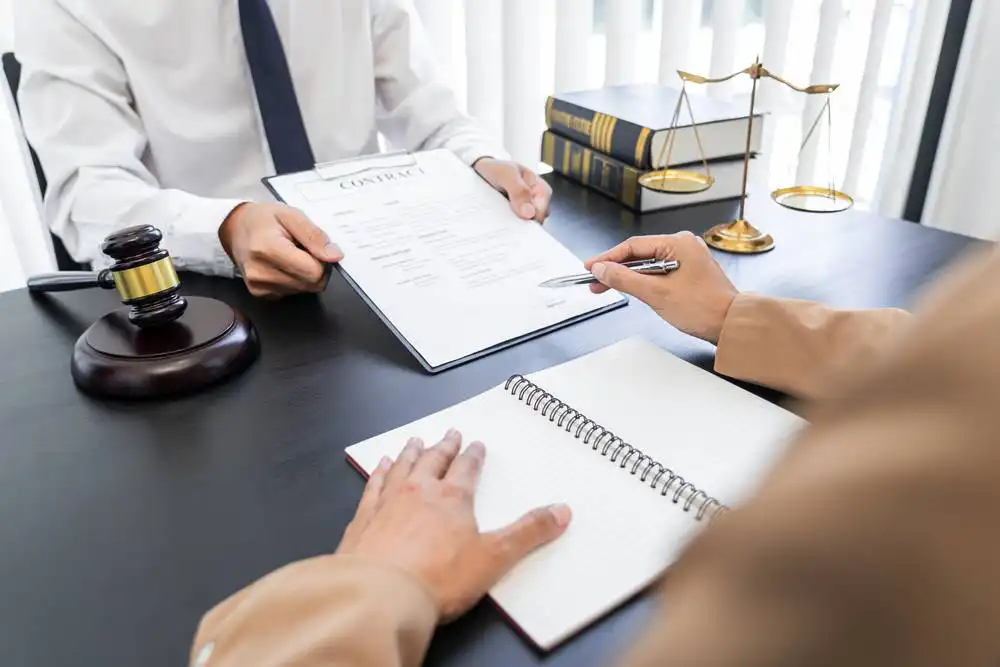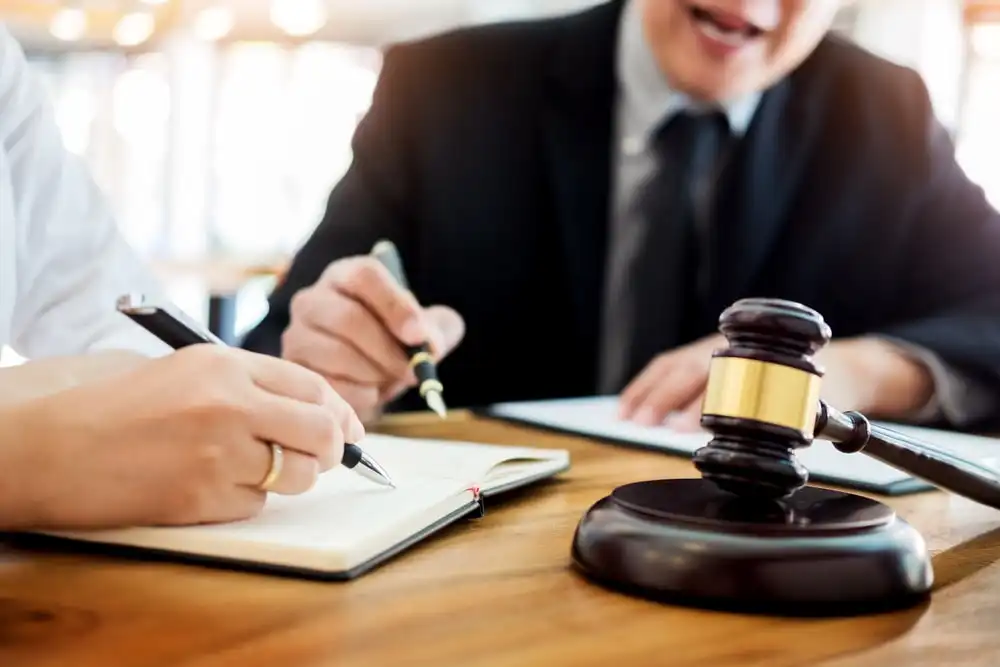Car accidents can be life-changing events that result in physical injuries, emotional stress, and financial burdens. If you’ve been involved in a car accident and believe that someone else is at fault, you may be entitled to compensation for your medical bills, lost wages, property damage, and pain and suffering. However, the process of filing a car accident claim can be complex and overwhelming, especially if you’re not familiar with the legal steps involved.
In this blog, we’ll break down the legal process of filing a car accident claim to help you understand what to expect and how to navigate the process effectively.
1. Ensure Safety and Seek Medical Attention
Before diving into the legal process, your immediate priority after a car accident should always be your health and safety. Even if you feel fine, some injuries may not show symptoms right away, so it’s important to seek medical attention as soon as possible.
What to do:
-
Call 911: If there are any injuries or damage to the vehicles, report the accident to the authorities.
-
Get checked by a healthcare professional: Make sure to visit the hospital or your doctor for a thorough evaluation of your injuries.
-
Document injuries: Keep a record of all medical treatments and diagnoses, as this will be crucial in your claim.
Why it matters:
-
Prompt medical attention not only ensures your well-being but also helps document the severity of your injuries, which is essential when filing an insurance claim or lawsuit.
2. File a Police Report
In many cases, especially if there are injuries or significant property damage, it’s important to file a police report. A police report provides an official record of the accident and can be used as key evidence in your claim.
What to do:
-
Request a police report: The responding officer will assess the scene, document the details of the accident, and sometimes issue citations if they determine fault.
-
Get a copy: After the report is filed, request a copy for your records.
Why it matters:
-
A police report serves as an impartial, third-party account of the accident, which can help establish fault and strengthen your claim.
3. Gather Evidence and Document the Scene
The more evidence you collect, the stronger your claim will be. This includes documenting the scene of the accident, taking photos, and gathering witness information.
What to do:
-
Take photos: Photograph the damage to both vehicles, road conditions, traffic signs, and any visible injuries.
-
Get witness contact information: If there are any witnesses to the accident, ask for their contact information and statements.
-
Collect insurance information: Make sure to exchange insurance details with the other driver(s) involved in the accident.
-
Keep records: Document everything, including doctor visits, medical treatments, and any communication with the insurance company.
Why it matters:
-
Evidence is key to proving liability and ensuring you get the compensation you deserve. Clear documentation strengthens your case and makes it easier to deal with insurance companies or in court.
4. Notify Your Insurance Company
Once the accident is reported, notify your insurance company as soon as possible. It’s important to provide them with all the necessary details and cooperate during the claims process.
What to do:
-
Report the accident: Inform your insurer about the accident, providing details about the crash, damages, and injuries.
-
Be honest: Answer questions truthfully, but avoid admitting fault or providing unnecessary details that could hurt your case.
-
Follow up: Keep track of all communications with your insurance company, and ensure that your claim is processed in a timely manner.
Why it matters:
-
Timely reporting is crucial for your claim to be processed efficiently. Insurance companies often have deadlines for filing claims, and delays can impact the outcome of your case.
5. Investigation and Liability Determination
Once you’ve filed a claim, the insurance company or involved parties will begin the process of investigating the accident. This includes reviewing evidence, witness statements, police reports, and medical records.
What to do:
-
Cooperate with investigators: If the insurance company or a lawyer requests more information, be prepared to provide it. This may include witness statements, photos, and documentation of damages.
-
Consult with a lawyer: If the accident is complex or liability is disputed, it may be in your best interest to consult with an experienced car accident lawyer who can guide you through the investigation and advocate for your rights.
Why it matters:
-
Determining liability is crucial to receiving compensation. If the other party is at fault, their insurance will typically cover the damages, but you may need a lawyer to help prove fault in cases where the facts are unclear.
6. Negotiating a Settlement
Once liability is established, the next step is negotiating a settlement. This is the phase where the insurance company may offer you compensation for your damages, including medical bills, lost wages, and pain and suffering.
What to do:
-
Review the settlement offer: Carefully examine any settlement offers you receive. Consider the full scope of your damages, including any future medical needs or long-term effects of your injuries.
-
Don’t accept the first offer: Insurance companies often offer low settlements initially. It’s wise to consult with a lawyer to ensure that you’re not settling for less than what you deserve.
-
Negotiate: If the settlement offer is insufficient, you and your lawyer may enter into negotiations to increase the offer.
Why it matters:
-
Insurance companies often try to settle quickly for a low amount, but these offers may not cover all your expenses. Having an experienced car accident lawyer ensures that your compensation reflects the full extent of your damages.
7. Litigation (If Necessary)
If a fair settlement cannot be reached or if liability is disputed, your case may need to go to court. While most car accident claims are settled without trial, litigation may be necessary to get the compensation you deserve.
What to do:
-
Prepare for trial: If a settlement cannot be reached, your lawyer will file a lawsuit and begin preparing for trial. This involves presenting evidence, questioning witnesses, and making legal arguments to prove your case.
-
Follow your lawyer’s guidance: Your lawyer will handle the complexities of the trial process, including presenting your case to the judge and jury.
Why it matters:
-
Going to trial is often a last resort, but having a lawyer who is prepared for litigation can help ensure that you receive a fair verdict if the case cannot be settled outside of court.
8. Receiving Compensation
If you reach a settlement or win your case in court, the final step is receiving compensation. This can include payment for medical bills, property damage, lost wages, pain and suffering, and other expenses related to the accident.
What to do:
-
Review the payment terms: Ensure that the settlement or court award covers all aspects of your damages. It may take time for the insurance company to send the payment or for the court to process the award.
-
Consult your lawyer about taxes: Some settlements or awards may be subject to taxes, so it’s important to understand the financial implications.
Why it matters:
-
Once you receive your compensation, you can use it to cover the expenses related to your accident, such as medical treatments, rehabilitation, and other losses.
Conclusion
Filing a car accident claim can be a complex and lengthy process, but understanding each step can make it easier to navigate. From gathering evidence and notifying your insurance company to negotiating a fair settlement and potentially going to court, each phase plays a critical role in ensuring that you receive the compensation you deserve.
If you’ve been involved in a car accident and need help navigating the claims process, it’s always a good idea to consult with an experienced car accident lawyer. A skilled lawyer can guide you through the process, help you gather evidence, negotiate with insurance companies, and ensure that your rights are protected every step of the way.




